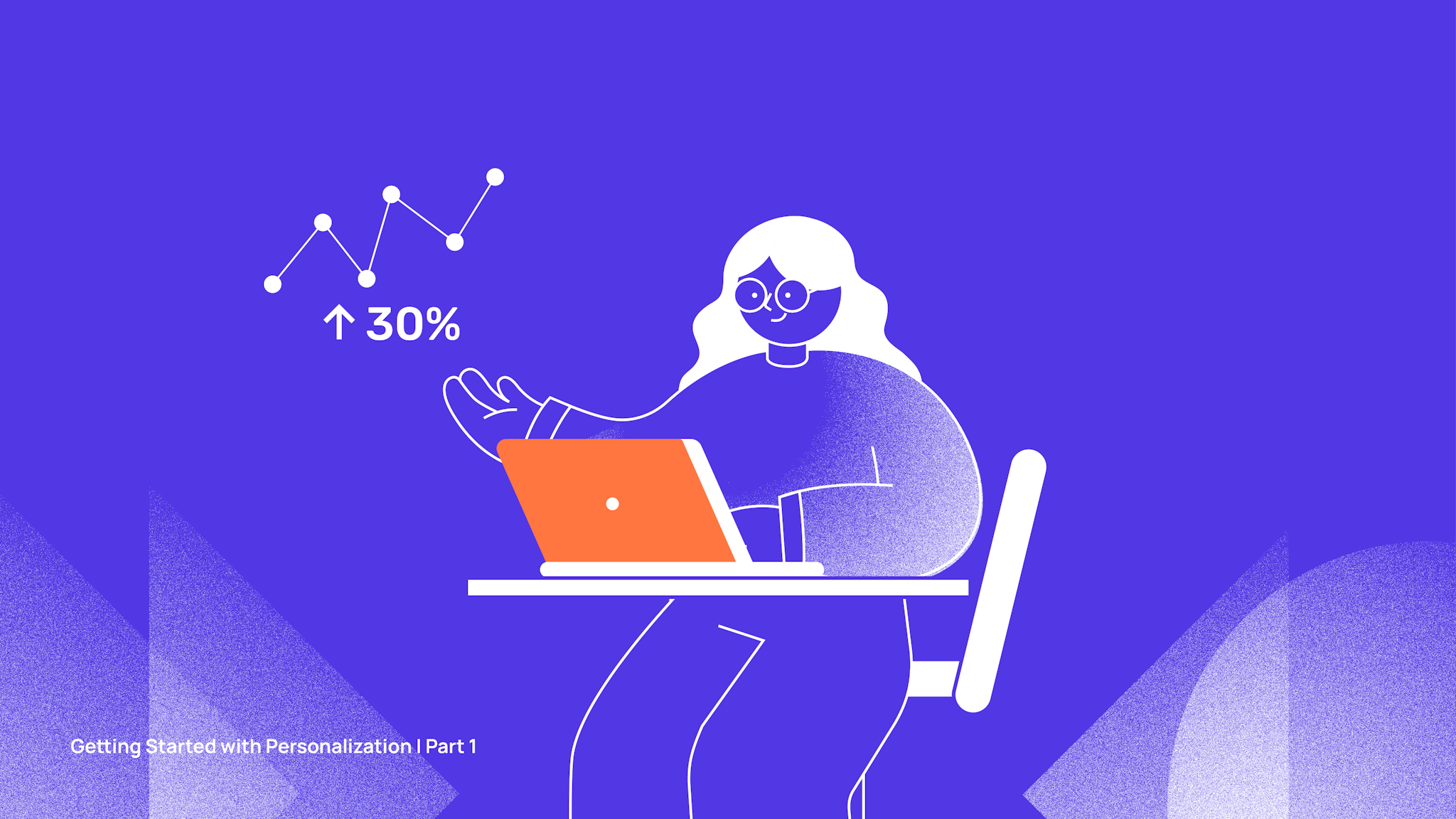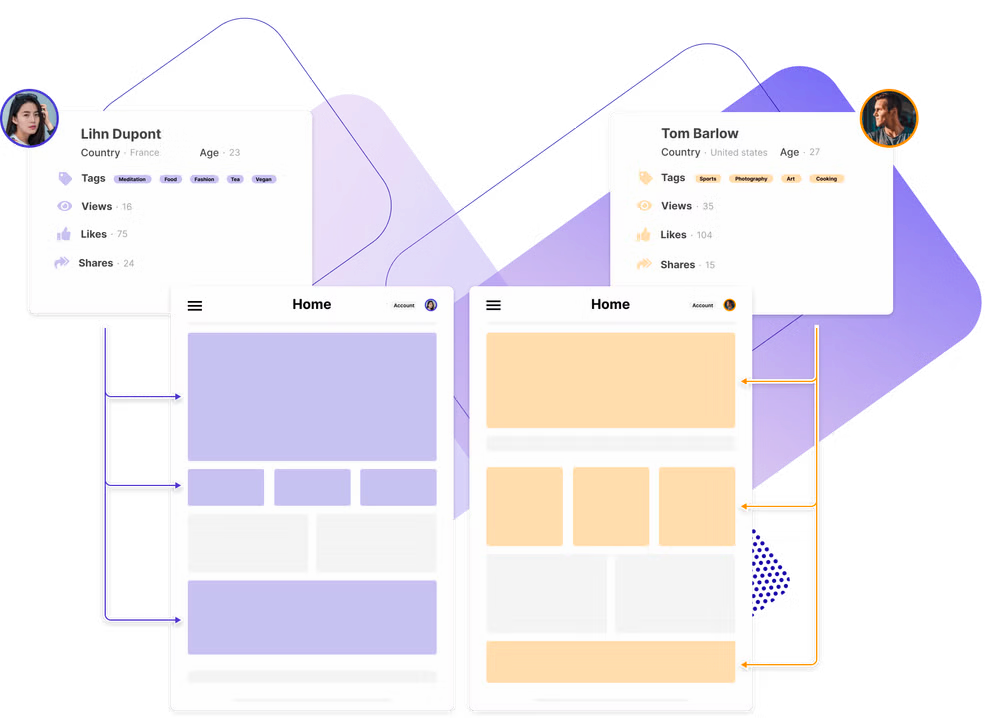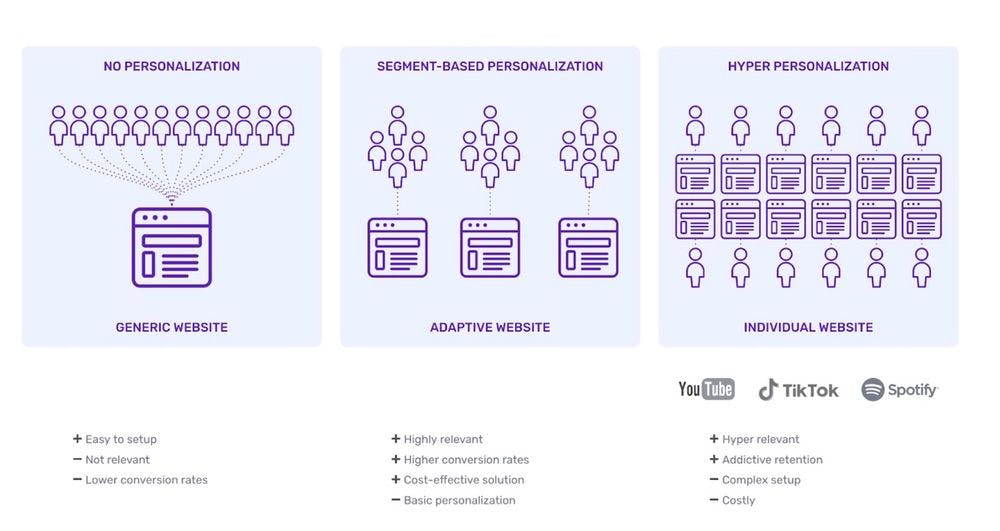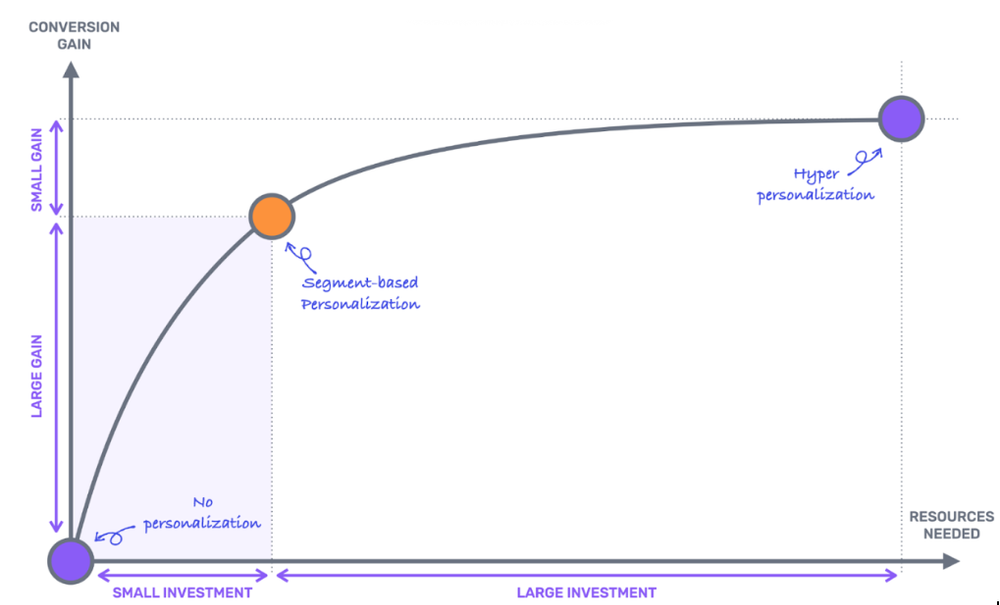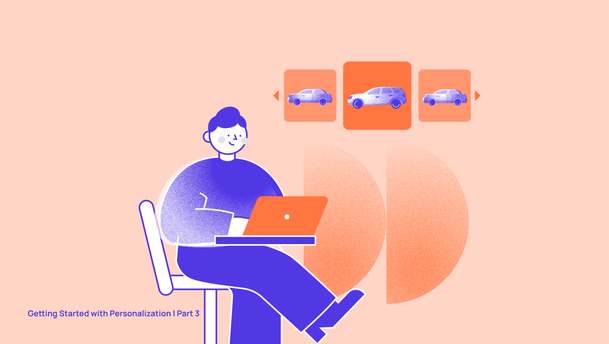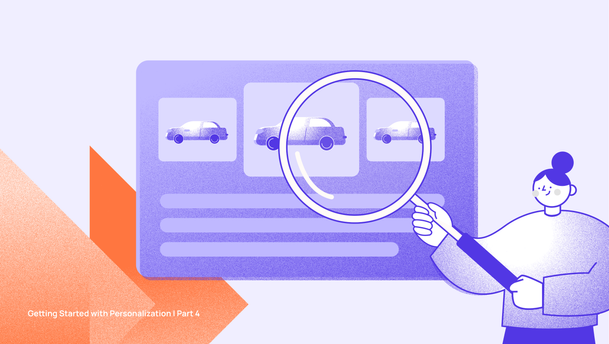“In the future, everyone will be famous for 15 minutes.”
I don't think we really need to mention who said this, but let's do it anyway. This iconic statement, attributed to Andy Warhol, was introduced in 1968 during an exhibit program at the Moderna Museet in Stockholm and is a timeless reflection on the fleeting nature of fame.
In the digital era, it appears that his prediction has come true. People really want their 15 minutes and they are willing to do anything to get it. But it's not just people—companies want to be remembered too and they also aspire to leave a lasting impression in the minds of consumers.
The problem is that, for companies it is a bit harder. The rule changes a bit, and instead of 15 minutes, they might only have 15 seconds to grab customer attention.

The 15 seconds rule
According to Hubspot, more than half of your website visitors (55%) spend less than 15 seconds on your site. You just have 15 seconds to capture their interest, convince them to buy your product, draw them into your brand experience, and learn everything about your company.
The tricky part is that, with more and more people browsing, there’s a ton of content online, all fighting for attention. Plus, people often have many tabs open in their browsers, ready to compare you with competitors. Just looking at my screen now, I’d say I have around 15 open windows - no pun intended.
A customer forms their first impression within half a second. So your content has to be really relevant and match what they're looking for, or they'll click away and…



